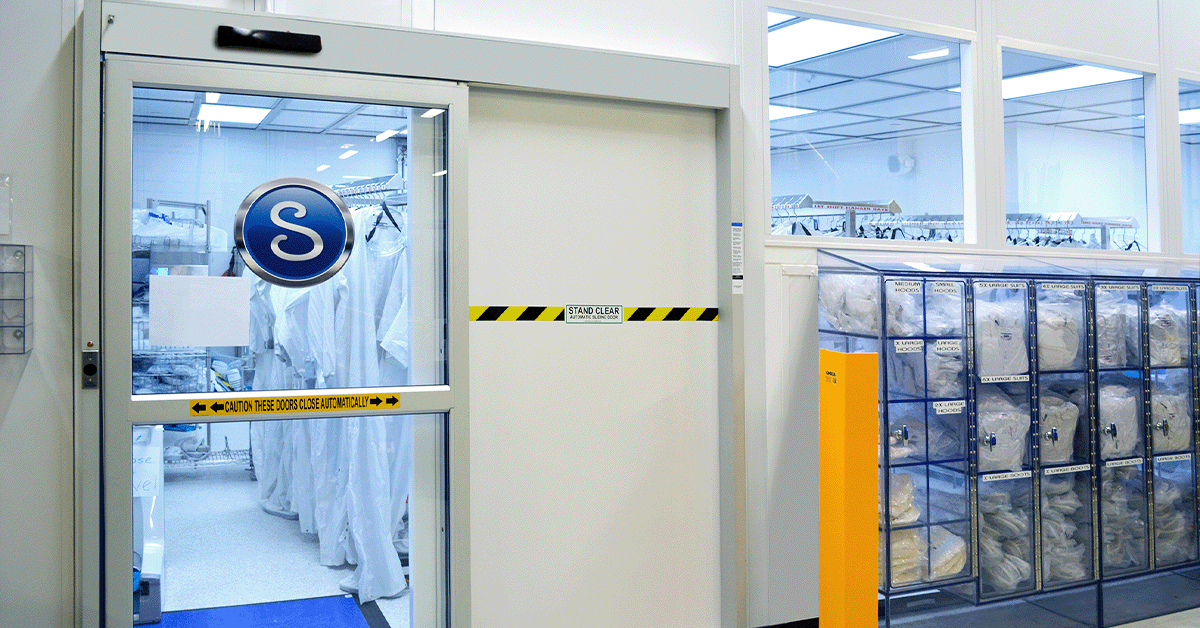*This post is part of a much larger pillar blog: The Complete Guide to Controlled Environments
Table of Contents
ToggleIntroduction
Welcome to our article on why our customers build cleanrooms! As you can see, there is a video embedded right below this section. That’s because this article is the text version of that video.
Meaning, if you don’t want to read, feel free to watch the video below!
However, if you want to read the article, you can expect to learn more about regulations that govern the cleanroom market, how cleanrooms help with quality assurance efforts, and how building a controlled environment can give your company a leg up when it comes to marketing and brand image.
Let’s begin.
Regulations and Cleanrooms
You’ll probably notice that this article is a bit different from our normal ones, and will serve more as a “FAQ”, answering questions instead of being formatted as they typically are. So, if there isn’t as much flow between sections, now you know why.
How Cleanrooms Help Meet Industry Specific Guidelines
As you already know, cleanrooms are specifically engineered spaces to meet the specs and conditions of a variety of industries.
Because of this, everything from the construction materials, HVAC and plumbing design and gowning and cleaning procedures enable the operators to meet the strict specifications required by their industry and their process.
Some common parameters that are typically regulated in a cleanroom include temperature, humidity, differential pressure, and viable sample counts.
If you want to know some common challenges people face when building a cleanroom and trying to control these parameters, check out this article.
GET THE LATEST INDUSTRY NEWS DELIVERED TO YOUR INBOX
Stay on the forefront of your industry with our weekly e-newsletter.
What Industries Legally Require a Company to Have a Cleanroom?
Typically, the only market we see that legally requires a cleanroom is the pharmaceutical space.
This is because pharmaceutical compounding has some of the strictest cleanroom requirements.
These regulations are governed and overseen by either a state pharmaceutical board or the Food and Drug Administration.
Medical device manufacturing also includes some of these regulations, although they are less stringent.
Manufacturing Quality Assurance
In the coming sections, we’ll discuss what is probably the most important factor for cleanroom construction for our clients: improving the quality and consistency of their manufacturing process.

How do Cleanrooms Improve Manufacturing Quality?
Cleanrooms enable products to be manufactured under reliable and consistent conditions that are conducive to product and operator safety.
Cleanrooms also serve in some cases to segregate dangerous or hazardous products for the health of operators and those outside of the clean room in a larger plant.
What Role do Cleanrooms Play in Preventing Contamination During Production?
Cleanrooms minimize variation in environmental conditions and hold a strict control over the level of particulate in a room by minimizing the variation in ambient conditions and controlling this level of particulate manufacturing, helping make sure quality can be improved within a site and across various sites.
What are Some Specific Examples of Quality Control Measures Found in a Cleanroom?
These rooms utilize a mix of HEPA and ULPA filtration, positive pressurization, and a combination of cleaning and gowning procedures.
Cleaning and gowning procedures and positive pressurization help prevent contamination infiltrating in through the air stream of the room or on the clothing of the operators.
HEPA and ULPA filtration ensures that recirculated air captures the remaining particles.
Another way you can make sure to utilize your cleanroom to its fullest potential is by installing a controls system for monitoring and logging.
How do Cleanrooms Impact Product Lifespan and Performance?
By maintaining a narrow band of environmental conditions, users can tune that band to the exact conditions that are optimal for a particular process.
When combined with an environmental monitoring system, trending data can be tracked across any historical batch or production run.
Check out this complete environmental monitoring system we did for a client of ours:
Marketing and Brand Image
Time for our third and final section, marketing and brand image benefits.
Why is Having a Cleanroom a Competitive Advantage?
Cleanrooms can improve product quality and lead to a reduction in damaged or recalled products. This serves to improve brand image and customer satisfaction. The higher quality your product is, the more likely customers are to trust you.
What Makes Having a Cleanroom a Great Marketing Tool?
These rooms use high quality construction materials and often have integrated control and monitoring systems.
Designers and customers can work together on finishes including stainless steel for high glass, seamless flooring, and high end light fixtures to make a cleaner room that’s not only effective but esthetically pleasing to potential customers.
Conclusion
In conclusion, the primary reasons our customers build cleanrooms include abiding by industry standards and regulations, whether at the federal or state level, controlling product quality, and for the marketing and brand image improvements that they can bring.
We hope you enjoyed this video! If you’d like to read more cleanroom industry related articles, check out our blog!
Need a new cleanroom? Contact us.


